Preparing for a New Normal with Mission-Driven Decisions and Organizational Tradeoffs
We’re entering a new era in the nonprofit and public sector—one where organizations, particularly large ones, must make increasingly difficult, sometimes unthinkable decisions about what constitutes their "core" mission. The recent news (Sonoma State U. Is Making Big Cuts to Close a Budget Hole. What Will Be Left?) out of Sonoma State University serves as a clear signal that this trend is not theoretical—it's happening now.
In a dramatic move, Sonoma State announced it will eliminate its entire NCAA Division II athletics department. All teams. All programs. Gone. This is not just unusual—it’s almost unheard of. For many colleges and universities, athletics represent not just extracurricular programming but also a core element of student life, alumni engagement, and institutional identity. Yet Sonoma State, facing a staggering $24 million budget deficit, determined that sustaining athletics was no longer compatible with its academic and financial priorities.
This is a defining moment. And one that should serve as a wake-up call to leaders in nonprofits of all kinds: tough decisions are no longer avoidable—they are now essential. In an environment of constrained resources, shifting public expectations, and declining engagement in some traditional areas, organizations are being forced to ask: What is truly central to our mission?
What are we willing to let go of to preserve what matters most?
For nonprofit hospitals, this might mean scaling back community programming in favor of direct patient care. For museums, it could mean reducing public exhibitions in order to fund more robust education initiatives. For universities, as we’ve seen, it might mean cutting entire departments—academic or athletic—to protect long-term institutional viability.
These decisions will not be popular. They will be met with pushback from constituencies who feel overlooked or de-prioritized. And they must still be made. The task for nonprofit leaders is to make these hard calls with transparency, integrity, and a commitment to the core mission—even when it means saying goodbye to long-standing programs or roles that were once seen as untouchable.
The key takeaway: this is not about failing—it’s about evolving. If we want our organizations to remain impactful, solvent, and aligned with contemporary needs, we must be willing to restructure based on what our missions require now, not what they required ten or twenty years ago.
Sonoma State’s decision is just one example of what’s coming. We must prepare ourselves—and our teams—for more decisions like it. Mission clarity must lead. Everything else, even cherished traditions, may need to follow.


